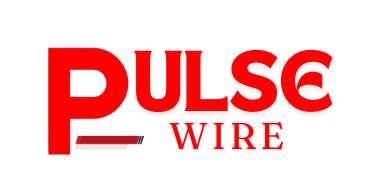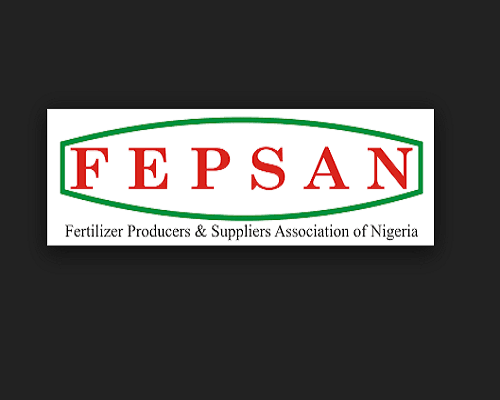The Fertiliser Producers and Suppliers Association of Nigeria (FEPSAN) has pledged that Nigerian farmers will have access to adequate, affordable, and high-quality fertilizer ahead of the 2025 farming season. The assurance was given by FEPSAN President Sadiq Kassim during a media briefing in Abuja.
“There will be adequate quality of fertilizer to Nigerian farmers. And we are assuring of the right quality and value for best harvest,” Kassim said, noting that the association is working closely with federal authorities to guarantee a seamless supply chain.
Kassim revealed that 400,000 metric tons of NPK fertilizer are already in stock, with additional raw materials—including 80,000 tons of DAP, 60,000 tons of MOP, and 114,000 tons of GAS—available for blending. Urea, produced locally, can be replenished rapidly. Additional supply contracts have been secured with PFI-NPK Ltd, including 150,000 tons each of MOP and GAS set to begin arriving by April and May.
With over 90 blending plants nationwide, the industry has ramped up operations and blenders have already submitted requests for raw materials to produce over one million tons of NPK. “Blenders have put in request for raw materials to blend over one million tons or NPK,” Kassim stated, affirming the industry’s commitment to doubling fertilizer consumption within two years.
The FEPSAN president emphasized efforts to tailor fertilizers to specific crops and soils, enhance value for farmers, and promote proper application through community-based extension services. “The Office of the National Security Adviser (ONSA) also oversees compliance with security protocols—especially in sensitive regions—ensuring that all blenders obtain movement permits before distributing fertilizers in the North East,” he added.
Kassim also highlighted support for soil health initiatives like the federal Soil Health Card scheme and encouraged farmers to align with NiMet’s seasonal predictions. He noted that reforms to the Presidential Fertilizer Initiative now enable more efficient access to raw materials, and identified cost-saving measures—like reduced logistics and packaging expenses—that are expected to lower fertilizer costs by up to 10% this year.




